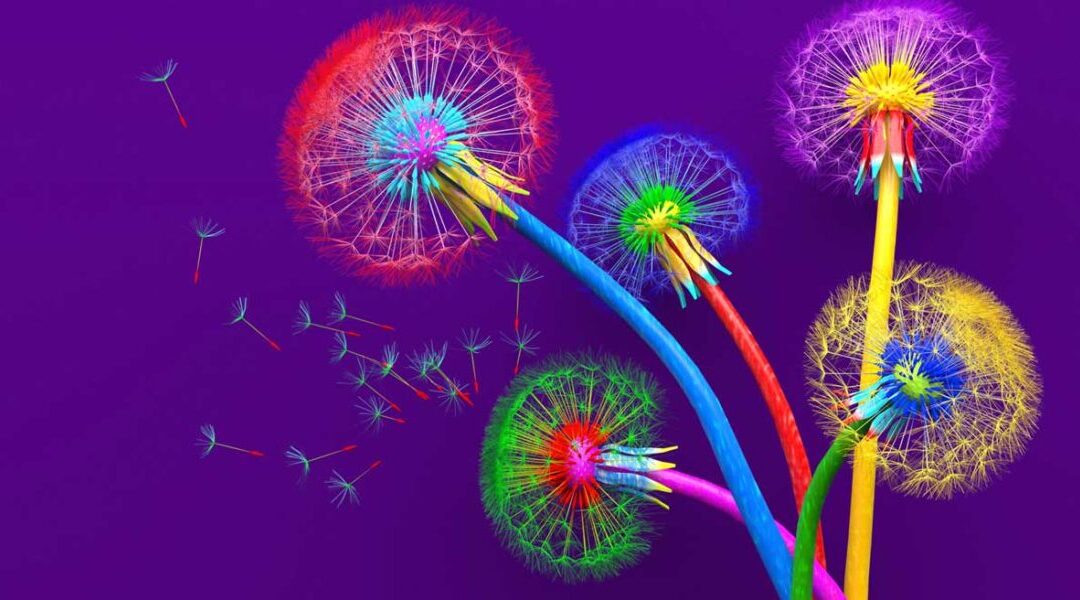By Kevin Kelly
Coming from the world of a creative agency, it can be hard to fully appreciate all of the digital advancements the industry has experienced in the last 5-10 years. While the technology for targeting, attribution and analytics have advanced at a blistering pace, advertising work has at the same time suffered from the problem of discrete information silos, each of which operates independently of one another.
Historically, creative has occupied one standalone department – the home of the “big idea,” the brilliant tagline and the 30-second TV commercial. Other departments have been responsible for disseminating that creative work across the web of channels representing social, display, video, etc. All of this was then optimized by an analytics team that operated downstream of existing outputs. The result is an inefficient system for planning and executing advertising campaigns. It’s certainly not agile enough to move at the speed of digital technology.
If agencies want to succeed going forward, they’re going to need to do better than check the requisite boxes — their digital, social, e-commerce, creative, and media teams will need to work as a cohesive unit. That’s easier said than done, though. Companies have talked about breaking down silos for years now, but implementing change is notoriously difficult.
Acquisition for Integration
One way agencies can grow organically and integrate operations is through acquisition. This may seem counterintuitive at first: When one agency acquires another the two organizations momentarily exist in two very distinct silos.
However, a thoughtful agency acquisition can holistically lead to a more integrated organization by freeing up the resources various team members need in order to take on other work. Oftentimes agency teams become so absorbed and stretched by existing work that they don’t have the available bandwidth to expand their skillsets.
However, a merger can free up vast resources if, for example, the larger organization can take over administrative tasks like HR that have otherwise occupied leadership. With the added capacity, leadership from the smaller agency can think about how to more holistically integrate operations and optimize the whole.
The End Result: A Unified Presence
If executed correctly, brand marketing, performance advertising, and e-commerce can all inform each other, and such a seamless exchange of data and information will be critical for agencies’ future success.
A great agency should go beyond its usual task of executing ad campaigns and help its clients solve complex business problems. Many brands are beginning to bring some digital operations in-house, for example, and it’s important to remember that great agencies are built to complement and coexist with client insourcing.
Agencies should currently be advising their clients on how to maneuver a post-cookie digital advertising world. Brands in every sector are scrambling to find a viable alternative to cookies, and agencies can help ease the transition.
To do this effectively, though, an agency will need to call upon multiple different departments. They’ll need to engage the digital team to find novel ways to build and measure audiences. They’ll need the social and creative teams to align on messaging and forge closer relationships with consumers. And they’ll need the media and e-commerce teams to coordinate on media placement and ensure they’re converting consumers at the same rate.
By focusing on solutions, and not typical agency busywork, an agency naturally collaborates across departments. Then they’re able to drive real value and revenue for their clients.

